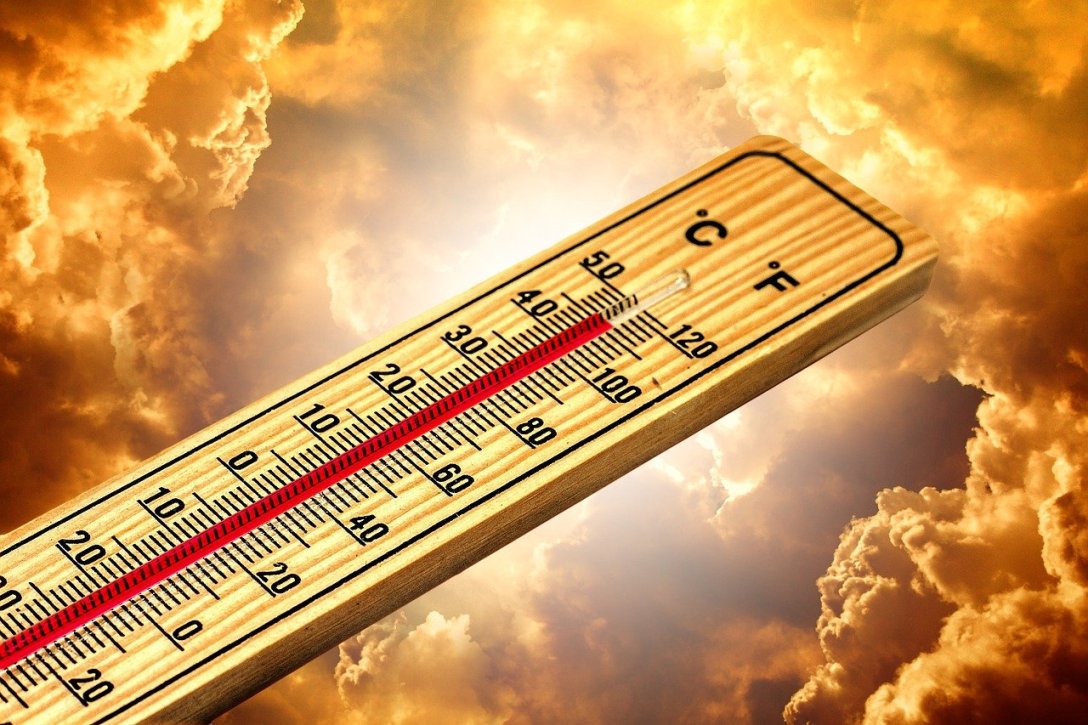
With extreme heat gripping many regions worldwide, the current heat wave is a harsh reminder of climate change’s growing impact. For most people, the current extreme temperatures are uncomfortable and inconvenient. However, for people with disabilities, heat waves pose significant health risks and amplify existing conditions. As we transition into a Summer that will see record-breaking temperatures, it is essential to acknowledge and address the unique challenges that individuals with disabilities face in the context of escalating temperatures and climate change.
Health Complications
Many disabilities come with specific health challenges that high temperatures can aggravate. For instance, individuals with multiple sclerosis often experience increased fatigue, muscle weakness, and cognitive issues in hot weather. Similarly, those with respiratory conditions like asthma or chronic obstructive pulmonary disease (COPD) can find breathing harder as air quality deteriorates in the heat. For people with cardiovascular conditions, which are more prevalent among individuals with specific disabilities, heat waves can elevate the risk of heart attacks and strokes as they can impair the body’s ability to regulate temperature, making it harder to cope with heat stress.
Access to Cool Environments
While staying cool is essential during a heat wave, accessing air-conditioned environments is often challenging for disabled people. Public cooling centers, if available, may not be fully accessible, and transportation to these locations can be difficult. Home air conditioning might be unavailable or unreliable for those living in older or poorly maintained housing. Additionally, lower incomes, a common issue among people with disabilities, can limit the ability to afford air conditioning or cope with the increased energy bills that come with it.
Emergency Preparedness and Response
Heat waves can quickly turn into natural disasters, and like all disasters, they require effective emergency preparedness and response. However, many emergency plans do not adequately consider the needs of people with disabilities. Local and state agencies often share information about cooling centers, heat advisories, and health precautions through channels that may not be accessible to everyone. For example, visually impaired individuals may struggle with visual alerts, while those with hearing impairments may miss audio warnings.
Additionally, evacuation procedures during extreme heat events can be particularly challenging. People with mobility impairments can have difficulty leaving overheated homes or seeking cooler areas. Emergency responders might not be adequately trained to assist individuals with specific disabilities, further complicating efforts to provide timely and appropriate help.
The Broader Context: Climate Change
The current heat wave is part of a broader pattern of climate change that will mean more frequent and intense extreme weather events. This change has long-term implications for people with disabilities, affecting not just their health but also their overall quality of life.
Socioeconomic Disparities
Disabled individuals frequently face economic disadvantages that intensify the effects of climate change. These disadvantages include higher rates of unemployment, lower incomes, and increased medical expenses, which reduce financial flexibility to adapt to shifting conditions. This can mean inadequate housing that is poorly insulated against heat, less ability to relocate to cooler areas, and fewer resources to invest in personal cooling solutions like fans and air conditioning.
Infrastructure and Accessibility
The importance of adaptable infrastructure grows significantly as severe and frequent weather events occur. Power outages, a common occurrence during heat waves due to surging electricity use, can be especially dangerous for people who rely on electrically powered medical devices. Public infrastructure, such as elevators and public transport, can also be compromised during heat waves, limiting mobility and access for those with disabilities.
Mental Health
The stress and anxiety associated with struggling with extreme heat can take a severe toll on mental health. For individuals already dealing with mental health conditions, the added pressure of a heat wave can exacerbate symptoms. Social isolation, often a byproduct of both disability and extreme weather events, can become more pronounced during heat waves as people are confined to their homes or cooling centers.
What Can Be Done?
Addressing the disproportionate impact of heat waves and climate change on people with disabilities requires targeted interventions and inclusive planning.
Inclusive Emergency Planning
Emergency response plans must include people with disabilities from the outset. This includes ensuring that all communication about heat waves and available resources is accessible in multiple formats. Emergency responders should be trained to assist individuals with diverse needs and disabilities, and cooling centers must be fully accessible.
Investment in Accessible Infrastructure
Investing in adaptable and accessible infrastructure is crucial. It is essential to build and retrofit homes to be more heat-resistant and ensure that public buildings and transportation systems can accommodate people with disabilities during extreme weather events. Backup power solutions should be available to those relying on medical devices.
Community Support and Advocacy
Community-based support systems can play a vital role in assisting individuals with disabilities during heat waves. Local governments and organizations should develop strong support networks, ensuring that people with disabilities receive regular check-ins and necessary aid during extreme heat events. Advocacy for the rights and needs of people with disabilities in the context of climate change must also continue to be a priority at all levels of government.
Conclusion
This heat wave isn’t just uncomfortable – it’s dangerous for people with disabilities. Climate change presents a significant challenge that will continue to shape our world, and we must ensure that our responses are inclusive and equitable. By taking steps to understand and address the specific needs of disabled individuals, we can build a stronger society that prioritizes the welfare of every individual, regardless of the temperatures outside.
